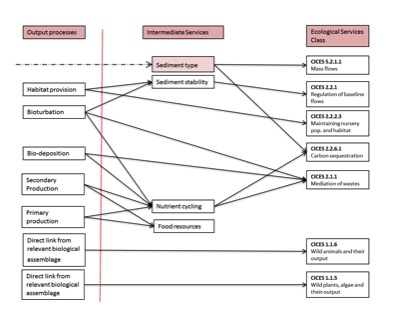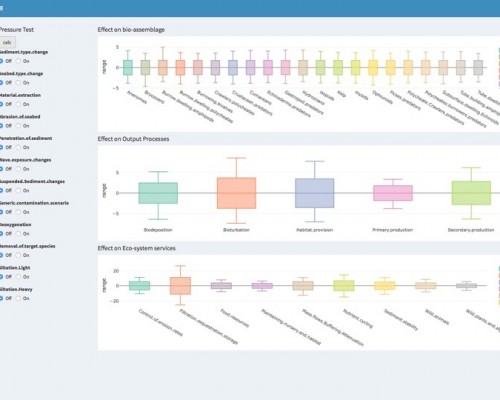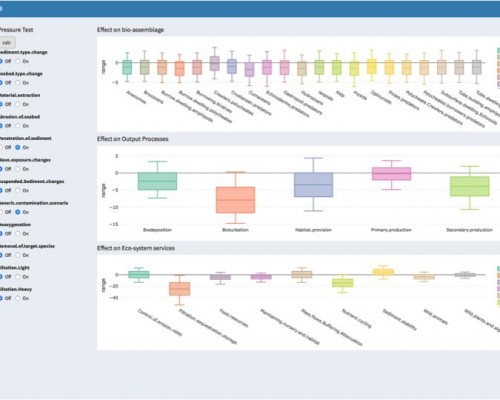Project Description
The benefits that humans derive from marine ecosystems through the provision of foods such as fish, crabs and scallops and other less tangible goods, including opportunities for recreation are increasingly being recognised. Human well-being is further indirectly supported by the processes and functions of ecosystems that regulate and maintain the natural environment, such as the absorption of floodwaters by coastal saltmarshes, a waste breakdown that maintains environmental quality and the provision of nursery habitats for the commercially harvested species. These direct and indirect benefits are termed ecosystem service.
Human activities that take place in coastal and marine environments can alter the provision of ecosystem services through depletion and degradation of natural assets. To ensure that uses and benefits are sustained, environmental managers and policymakers are seeking to develop tools to manage human demands and pressures and support decision-making.
Bayesian Belief Networks (developed by Judea Pearl in the early 1980s) are a compact visual representation of a situation and the associated probabilities. Created from nodes (which represent entities within a habitat) and edges (showing the influence one node has on another), conditional probabilities can be used to express the relationships between the nodes via belief propagation algorithms.
Keen Marine in conjunction with colleagues from Bays Consulting Ltd, AVSdev.Ltd and The Marine Biological Association collaborated in the development of a Bayesian Belief Network for the Joint Nature Conservation Committee (JNCC) to model the effects of anthropogenic pressures on selected ecosystem services. Together we developed the underlying theoretical structure that could then be incorporated into an on-line tool for resource managers to use when assessing difference pressure scenarios. We now have a platform for future refinement and development that can be adapted and applied to real-world scenarios.
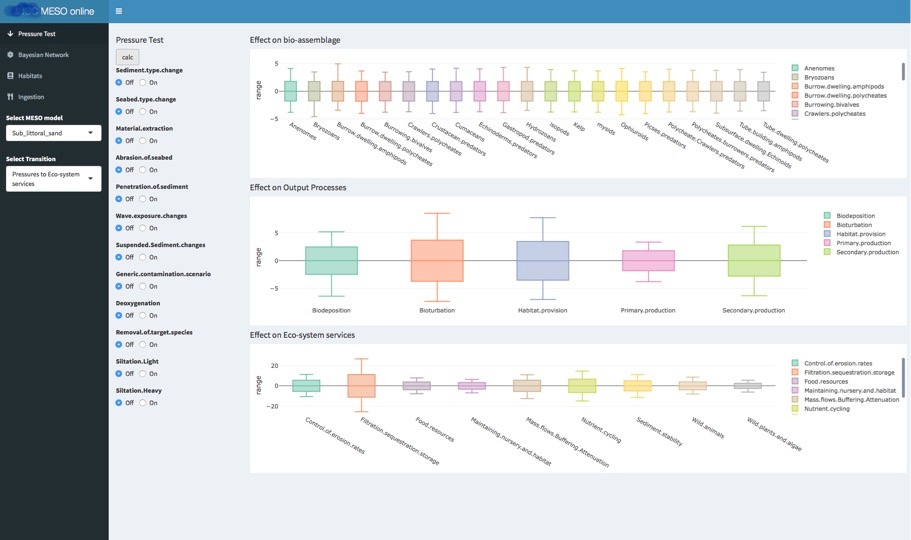 Ecosystem response under no pressure
Ecosystem response under no pressure
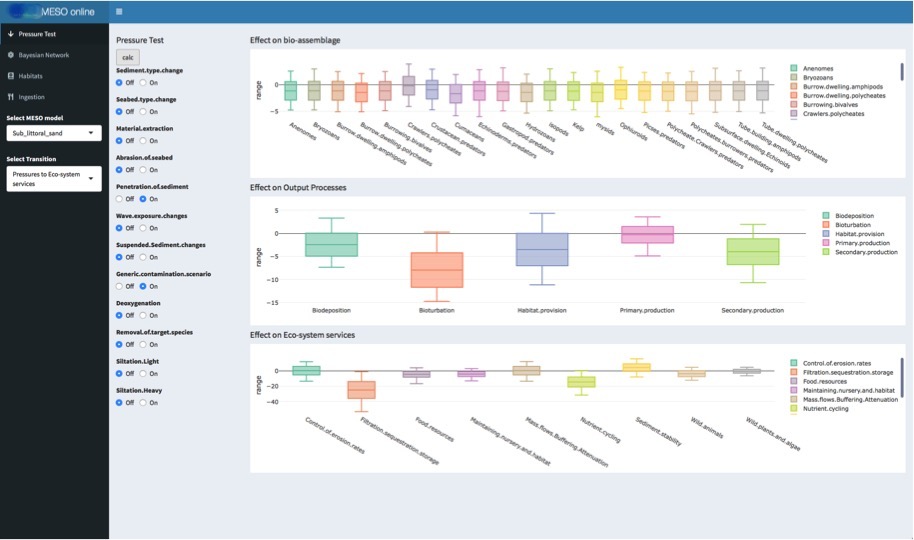 Ecosystem response to two pressures (Seabed penetration and contamination)
Ecosystem response to two pressures (Seabed penetration and contamination)
